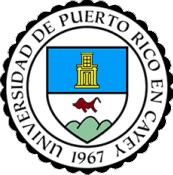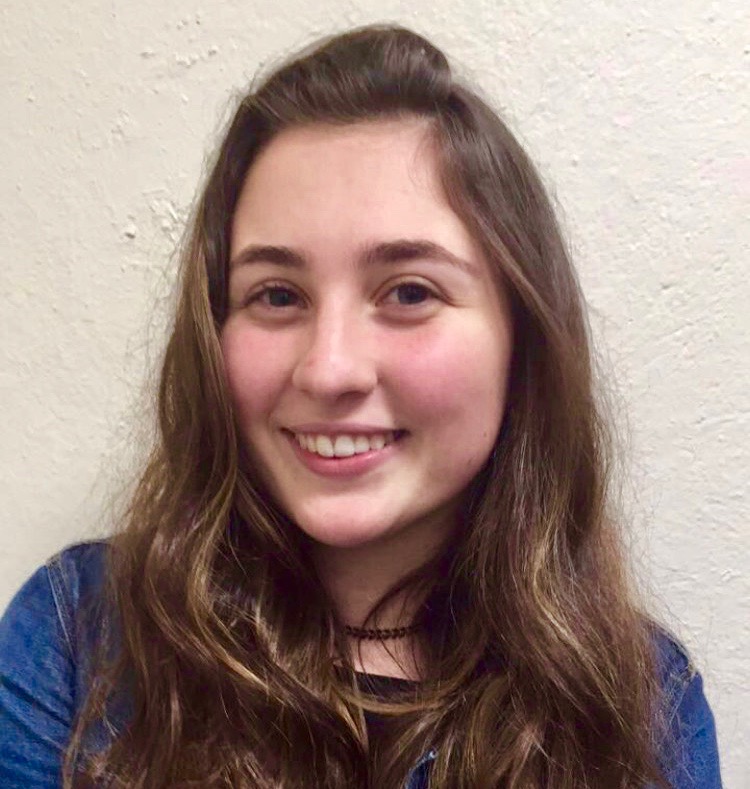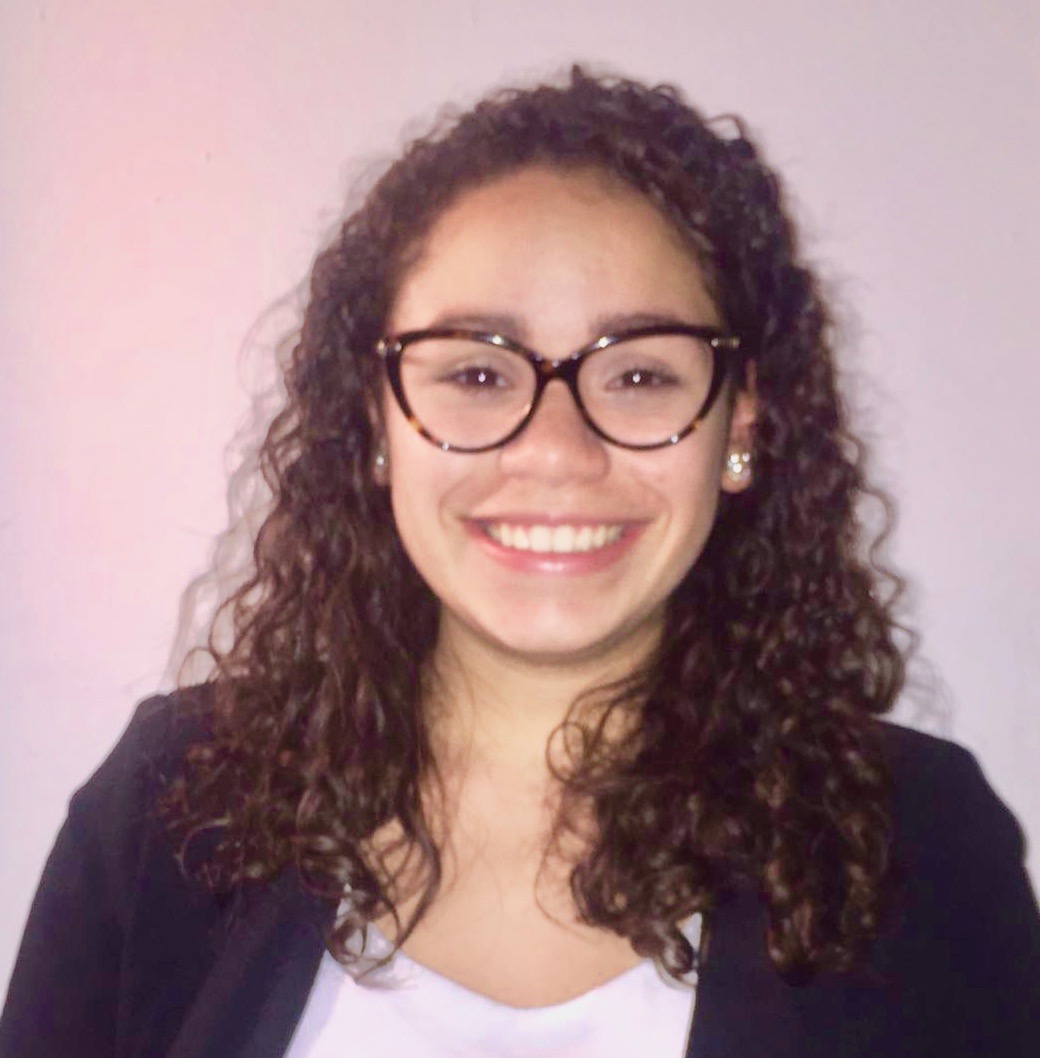Below is a summary of the abstract you submitted. Presenting author(s) is shown in bold.
If any changes need to be made, you can modify the abstract or change the authors.
You can also download a .docx version of this abstract.
If there are any problems, please email Dan at dar78@pitt.edu and he'll take care of them!
This abstract was last modified on May 5, 2017 at 8:32 a.m..

Puerto Rico is a tropical island with rich biodiversity in its varied ecosystems, which include a rain forest, a dry forest, a karst region, mangrove forests, salt flats, coral reefs, and bioluminescent bays. This diversity is also reflected at the microbial level by the different mycobacteriophages isolated in Puerto Rico so far as part of the SEA-PHAGES program, which include clusters A, B, C, E, G, K and L. We now report on five Gordonia phages (using Gordonia terrae 3612 as a host) three of which belong to cluster CR (BiPauneto, NosilaM, and Turuncu), one to cluster DE (Tiamoceli) and one to cluster A15 (Anon). CR cluster phages have no tRNA genes, an average length of 66,950 base pairs (bp) and GC content of 65.6%. They are also rich in palindromic sequences (BiPauneto has 43 such sequences, varying from 10 to 20 nucleotides). DE cluster phages isolated so far, such as Tiamoceli, also lack tRNA genes, have an average genome size of 57,988 bp with a 67.6% GC content. Subcluster A15, of which Anon is a member, is a crossover cluster since all the other A subclusters are made up of mycobacteriophages. These phages have an average genome size of 52,584 bp with a 62.0% GC content. Most of the genes identified so far in these Gordonia phages have an unknown function. We found many expected genes including some encoding structural proteins (tail and capsid) and enzymes involved in DNA replication (helicases and primases). We also identified conserved domains for a gene that codes for a peptidase transmembrane protein that acts as a bacteriocin (in CR phages) and for a gene in Tiamoceli encoding cutinase, which hydrolyzes cutin, a component of leaf cuticles. Bacteriophages were isolated using a simplified protocol with considerable savings in time and supplies. It involves streaking a plate with the original enriched soil filtrate, and after plaque isolation and standard purifications, preparing a second enrichment from a single purified plaque. This is then filtered again, serially diluted and from the dilution showing a web pattern (usually 100 to 10-2), a set of 10 plates is prepared to obtain an HTPL. Indigenous bacteria have been isolated from soil samples and identified as Gordonia by 16S rRNA PCR followed by sequence determination. Experiments are underway using these isolated Gordonia bacteria to explore the host range of the isolated Gordonia bacteriophages as well as to isolate additional bacteriophages by enrichment using these bacterial hosts. Isolation of novel bacteriophages and the diverse indigenous bacterial hosts they infect is a powerful strategy to characterize bacteriophage host range in microbial communities and its role in the evolution of genomes. The wide distribution of the bacteriophage clusters described here (some Gordonia CR phages were isolated from Australia), is indicative of an early evolutionary origin and subsequent geographical dispersal. SEA-PHAGES, HHMI and UPR-Cayey supported this research.


